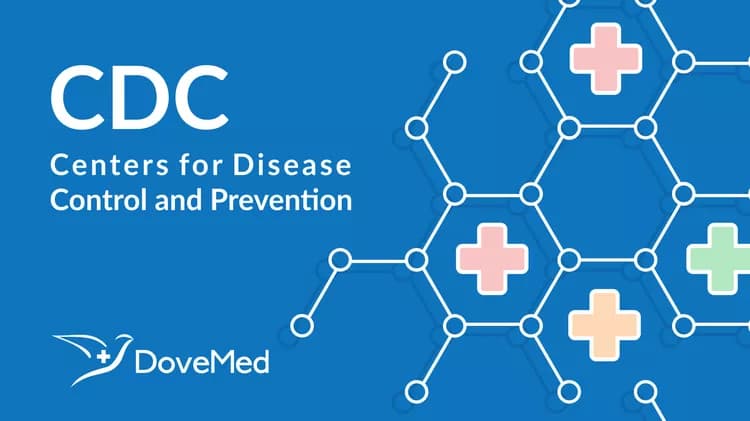
Life At Ground Zero: The Story Of The West African Ebola Outbreak
What was it like at ground zero of the worst outbreak of Ebola in history? This month, CDC’s David J. Sencer Museum will be the first U.S. museum to offer an overview of the devastating viral outbreak that killed more than 11,000 people in West Africa. The exhibition, EBOLA: People + Public Health + Political Will, is open now until May 25, 2018, at CDC headquarters in Atlanta. (See Media Advisory).
The exhibition offers the public a glimpse of public health workers’ experiences during the outbreak. CDC was there – working 24/7 to stop the rapidly spreading epidemic even as the death toll mounted in crowded cities and rural villages alike.
“CDC’s Ebola exhibition shows what it was like ‘inside the outbreak’ for one of the world’s worst public health emergencies,” said CDC Acting Director Anne Schuchat, M.D. “I hope people will leave the museum recognizing that, with commitment and will, working together, we can change the world and make it a safer, healthier place for everyone.”
Stunning photographs by some of the world’s leading photojournalists vividly illustrate the severity of the outbreak and the difficult work undertaken by public health workers to bring it under control. Artifacts on display include crosses made to mark the graves of victims, shipping canisters still dusted with West African clay, and helmets worn by motorcycle drivers who delivered samples through the crowded streets.
In the spring of 2014, CDC first received reports of Ebola virus disease from a remote part of Guinea. Within weeks, a full-blown health and humanitarian crisis had exploded in Guinea, Liberia, and Sierra Leone. Thousands were sick and dying and – for the first time in history – Ebola was spreading in crowded urban centers.
A Liberian traveler brought Ebola to Nigeria; another traveler brought it to the United States. It was clear that without a coordinated, massive response, Ebola would spread exponentially, threatening global health security. CDC and other parts of the U.S. government, the United Nations, the World Health Organization, other governments, private donors, the CDC Foundation, and many international aid organizations mobilized massive resources.
CDC Museum curator Louise E. Shaw knew during the outbreak that history was unfolding and took steps to document it for future generations. The CDC Museum collects and preserves the history of CDC, so all the materials, including oral histories, are now part of the CDC Historic Collection.
“We knew that this story needed to be remembered and told,” said Shaw. “As CDC employees returned from West Africa, they would stop by and drop off gear, field notes, and personal items they had used while fighting Ebola. These items – along with the photographs – remind the viewer that behind the statistics there are very human stories.”
The exhibition is supported by CDC’s Office of the Associate Director for Communication, the National Center for Emerging and Zoonotic Diseases (NCEZID) and Center for Global Health (CGH) and the CDC Foundation. CDC worked with WHO, UNICEF, the World Food Programme, USAID, the Department of Health and Human Services, and the Peace Corps to identify photographs, documents, and objects. Médecins Sans Frontières, the International Rescue Committee, the International Organization on Migration, and Riders for Health are among the non-government organizations that contributed to the project.
The CDC Museum will host a media day on June 28, 2017, for journalists to tour and photograph the exhibit. For more information: media@cdc.gov or (404) 639-3286.
Read more about the exhibit here.
Related Articles
Test Your Knowledge
Asked by users
Related Centers
Related Specialties
Related Physicians
Related Procedures
Related Resources
Join DoveHubs
and connect with fellow professionals

0 Comments
Please log in to post a comment.